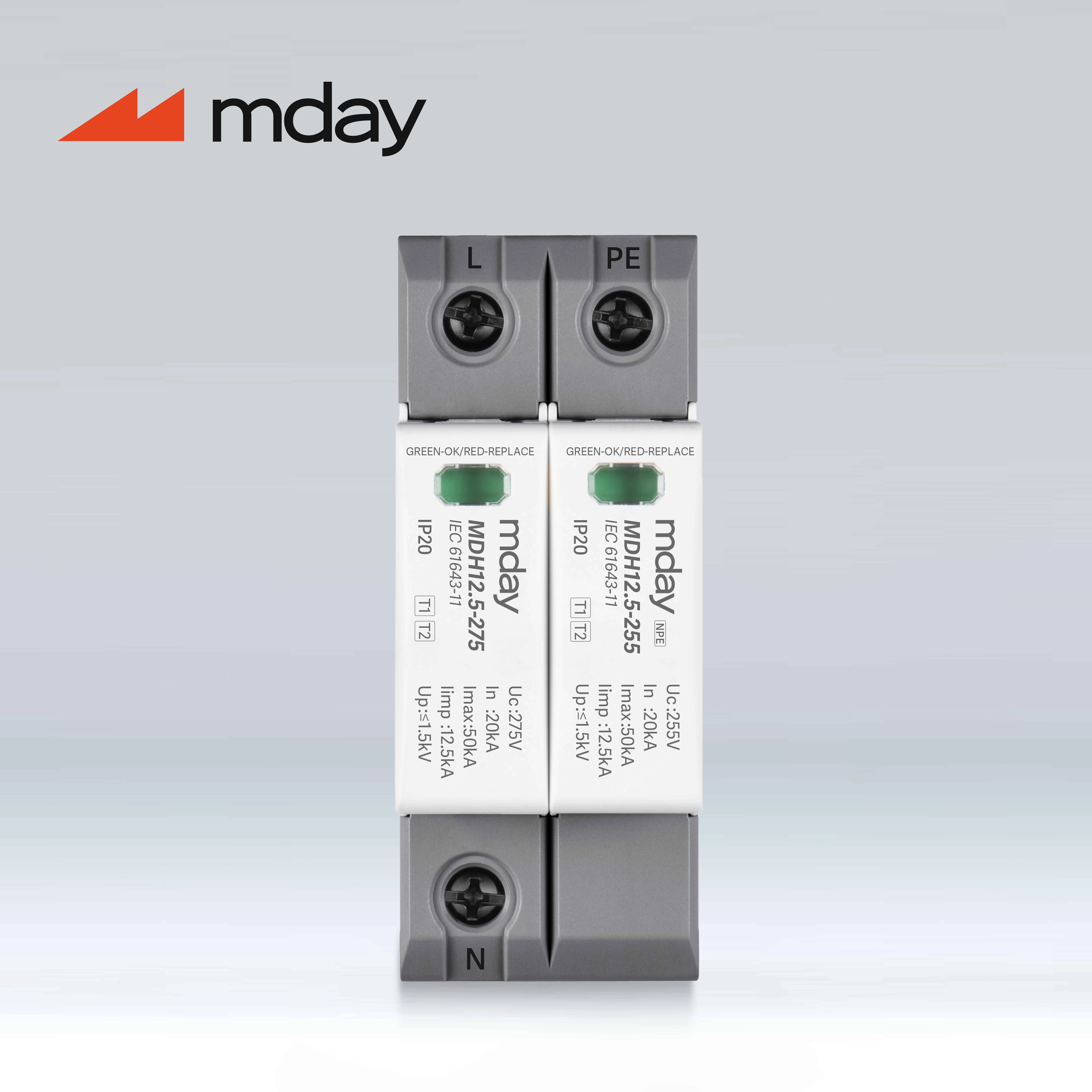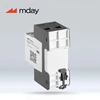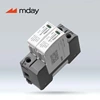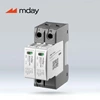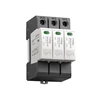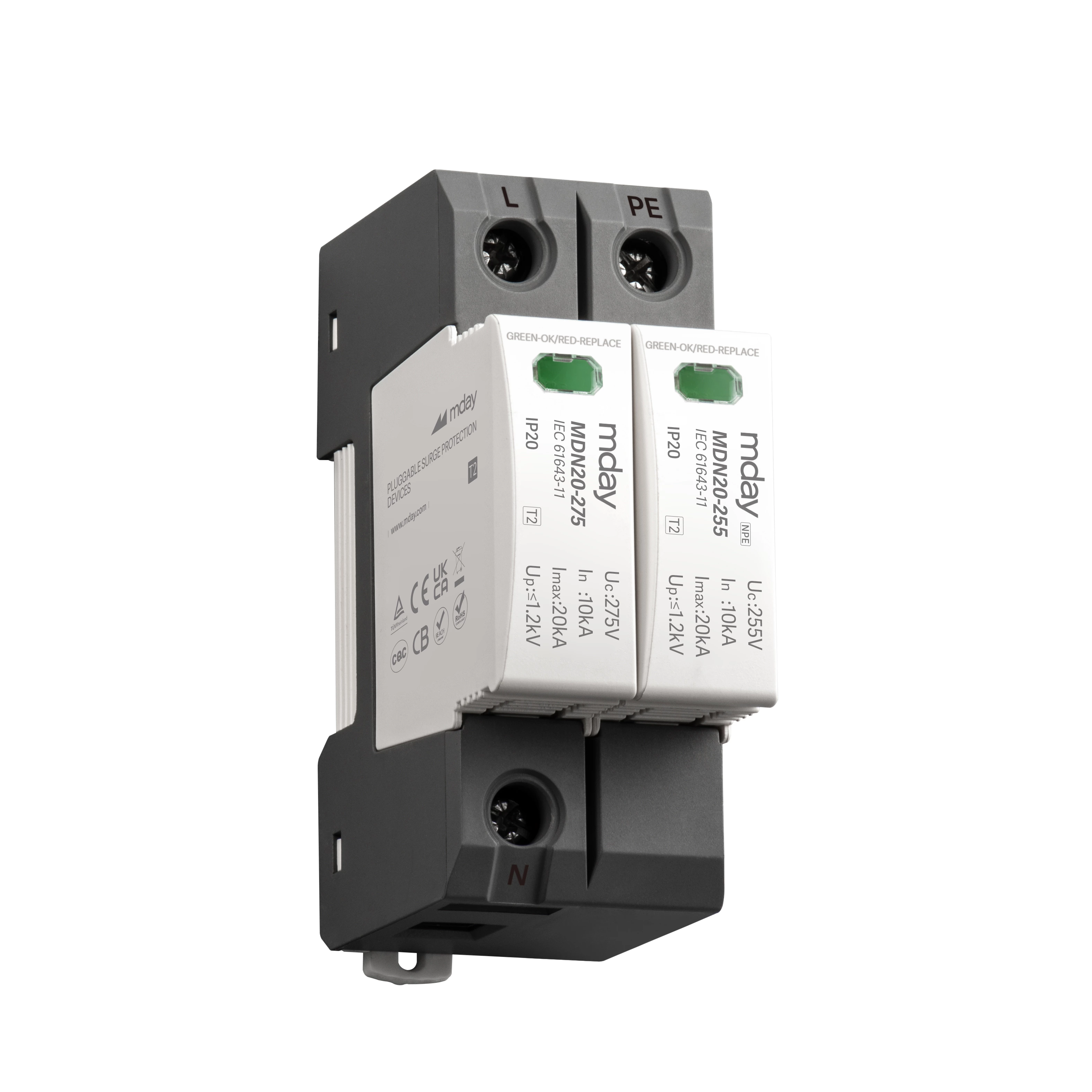What Types Of Surge Protectors Are There?
There are many lightning protection products on the market, and the most noteworthy one is the surge protector, which is also called surge protection device, lightning arrester, lightning arrester, overvoltage protector, SPD, etc., all of which refer to the same product, and there are many different types. So, what type do you need? How should it be distinguished?
1. Classification by purpose
What types of surge protective device are there? They are mainly divided into two categories, power surge protectors and signal surge protectors.
Power surge protectors are mainly installed in the power supply system to discharge strong lightning currents to the ground and protect the protected equipment from impact.
Signal surge protectors are also called signal lightning arresters. They are installed in signal transmission lines, generally at the front end of the equipment, to protect subsequent equipment and prevent lightning waves from rushing into the signal line to damage the equipment.
2. Classification by components used
Switch type surge protector: high impedance when no surge occurs, and suddenly changes to low impedance when a voltage surge occurs. Usually an integrated manufacturing method is adopted. The most commonly used components are gas discharge tubes and gaps (horn gaps, graphite gaps), which are usually used for T1 level protection. Its characteristics are large flow rate and strong discharge capacity. The disadvantage is that there is leakage current, which will cause frequent malfunction of the front-end overvoltage protector, so it is not recommended to install SSD at the front end.
Voltage-limiting surge protector: It has high impedance when there is no surge. As the surge current and voltage increase, the impedance decreases continuously. Usually varistors are used as components. Also known as "clamping type" surge protector, it has continuous voltage and current characteristics and is usually used for T2 level protection. Its characteristics are good overvoltage suppression ability and can be matched with SSD. The disadvantage is leakage current.
Composite surge protector: A surge protector composed of voltage switch type and voltage-limiting type components. Its characteristics can be expressed as voltage switch type, voltage-limiting type, or both voltage switch type and voltage-limiting type according to the characteristics of the applied voltage, taking the essence and removing the dross. Here we recommend the use of composite surge protectors, which have the characteristics of no leakage current and no continuous current. They have better protection effect and longer service life when installed in power lines or signal lines.
3. What types of surge protectors are there? Classification by test type
T1-level (10/350us) surge protectors are mainly installed in areas with high risk of direct lightning strikes. Their function is to discharge current, and their tolerance is mainly considered to protect against direct lightning strikes. According to the lightning protection zoning of buildings, they are mainly installed between LPZ0A and LPZ0B and LPZ1 areas; the commonly used impulse current (Iimp) values are 12.5KA, 15KA, 20KA, and 25KA.
T2-level (8/20us) surge protectors are installed at entrances without LPS or lightning arresters, at main distribution cabinets, or near sensitive equipment. Their main function is to limit voltage. They are installed between LPZ 1 and LPZ 2 according to the lightning protection zones of buildings. There are many types of T2-level products, and their common maximum discharge current (Imax) values are 20KA, 40KA, 80KA, 100KA, etc. T2-level surge protectors mainly consider their voltage protection level up value.
T3-level surge protectors are installed in the area behind the lightning protection zone LPZ2 of the building to protect sensitive and remote equipment. Their main function is to clamp the voltage and reduce the residual surge voltage on the line to less than 1.0V. T3-level surge protectors are usually installed at the front end of the terminal equipment to be protected. They can be installed in a variety of environments. They have various models and appearances, including rail-mounted, plug-in, and can be directly installed on PCB boards.
